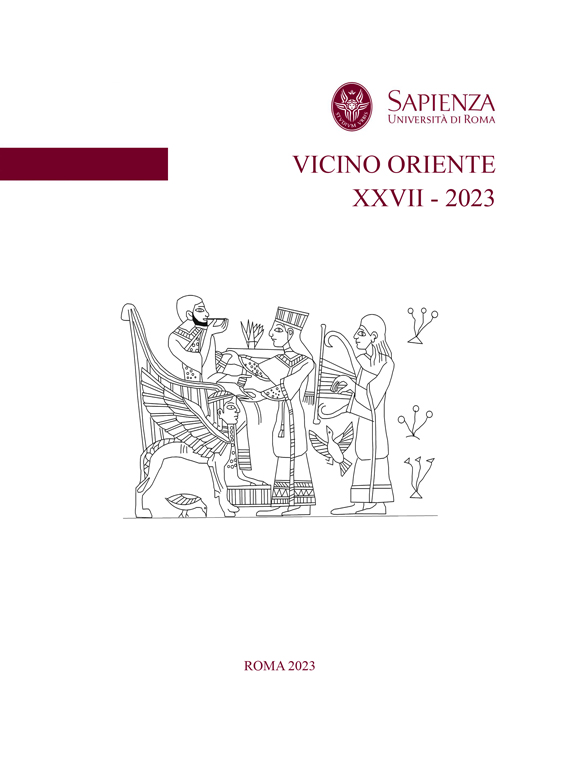Abstract
The lotus flower is a ubiquitous motif in Egyptian art, related to concepts of rebirth and afterlife, and frequently depicted in funerary and libation ceremonies. Although its origins are to be found in the Nilotic swamps, it was in the Southern Levant during the Late Bronze Age (ca. 1550-1140 BCE) that the lotus underwent a process of re-interpretation, becoming a vehicle for the Canaanite perception of royal attributes. Its symbolism thereby became intertwined with the iconographic motif of the branch, understood synecdochally as the Mesopotamian Tree of Life. This discussion aims to present the archaeological evidence of the lotus motif as attested through different kinds of media, highlighting its iconographic development and, accordingly, the Canaanite role in creating new and hybrid visual types through the reworking of foreign motifs, in accordance with the local ideology.

Questo lavoro è fornito con la licenza Creative Commons Attribuzione - Non commerciale - Non opere derivate 4.0 Internazionale.
Copyright (c) 2023 VICINO ORIENTE

